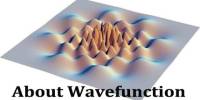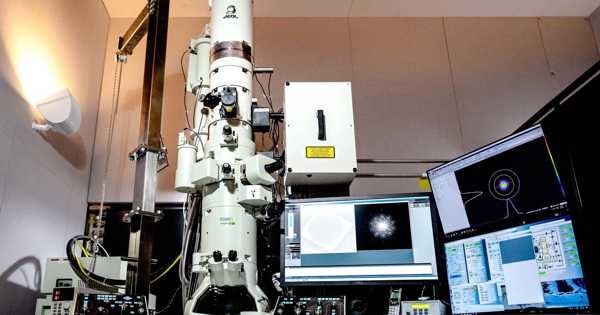Nanophotonics’ primary concerns include controlling optical processes brought on by nano-confined light and compressing light beyond the diffraction limit. In particular, site-specific optical information at the molecular/atomic scale can be obtained using a special platform made possible by confined and amplified light at the plasmonic nanogaps in scanning probe microscopes.
Nonlinear optics is a subfield of optics that deals with the behavior of light in nonlinear media, where the relationship between the electric field of light and the induced polarization of the material is not linear.
To increase sensitivity and spatial resolution, nonlinear optics have just lately been introduced to this type of tip-enhanced nanoscopy. In order to more accurately regulate nanosized nonlinear optics, it is becoming increasingly important to comprehend the intrinsic nonlinear optical characteristics of plasmonic nanocavities.
Researchers led by Toshiki Sugimoto, Associate Professor at the Institute for Molecular Science, succeeded in elucidating the intrinsic nonlinear optical properties of tip-substrate plasmonic nanocavities.
Focusing on the tip-enhancement of second harmonic generation (SHG), they revealed an unexpectedly broad tip-enhanced nonlinear optical response in a plasmonic nanocavity by combining a wavelength-tunable femtosecond pulse laser system with a scanning tunneling microscope.
They demonstrated that the tip-enhancement of SHG is maintained over the visible to infrared wavelength range. Furthermore, the prominent geometrical effects of plasmonic tips dominating this broadband enhancement ability were also confirmed; the broadband nonlinear optical property of tip-substrate nanocavities is significantly influenced both by the structures of nanosized tip apexes as well as by micrometer size tip shafts.
Precise numerical simulations of plasmonic fields inside tip-substrate nanocavities revealed the cause of these geometrical features. Theoretically, they showed how tip architectures with nanometer and micrometer scales can drastically change the broadband tip-enhanced SHG capabilities. The experimentally observed behavior is very accurately simulated using this structural knowledge.
The origin of geometrical effects on tip-enhanced SHG was revealed by a more in-depth analysis of these simulated results. While the micrometer-scale tip shafts extend the spectral range of the field enhancement to the near and mid-infrared regions, the nanometer-scale tip apexes primarily contribute to boosting visible/near-infrared light.
This shows that the strongly enhanced SHG over the visible to infrared broadband region is made possible by the micrometer-scale tip shafts and nanometer-scale tip apexes working together to enhance both the mid- and near-infrared excitation and the visible and near-infrared radiation processes, respectively.
A new foundation for the deliberate control of site-specific nonlinear optical phenomena that are inherently accompanied by severe wavelength conversion is established by this demonstration of the considerable broadband amplification capability of plasmonic nanogaps.
The team’s discoveries also open the door for creating the next generation of tip-enhanced nanoscopy by taking advantage of diverse nonlinear optical processes. Nonlinear optics is a multidisciplinary field that combines physics, engineering, and materials science and has a wide range of applications in both fundamental research and technology development.
A range of physical, chemical, and biological processes that take place in heterogeneous settings will be the subject of cutting-edge microscopic study thanks to the development of these novel approaches that successfully handle coupled chemical and topographic information with the highest spatiotemporal precision.
















